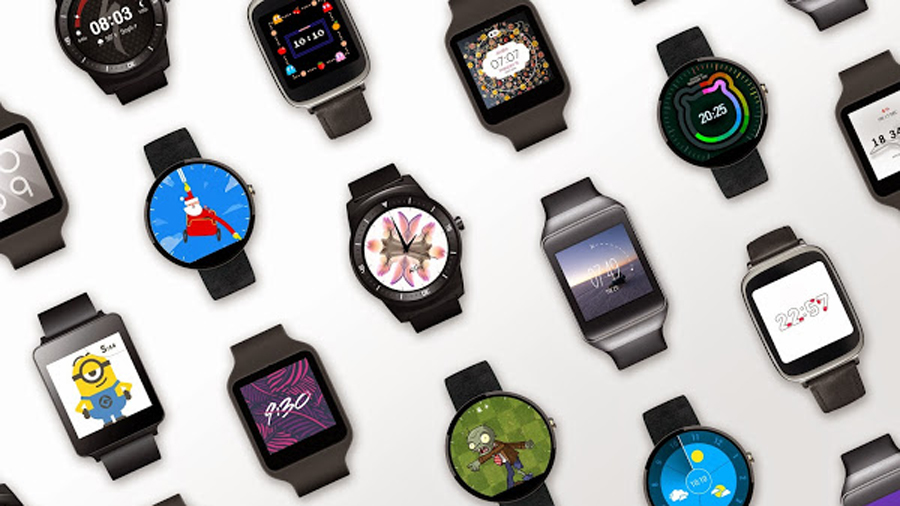This is a great week for Android Wear

This week, Tim Cook took the stage at the Yerba Buena Center for the Arts in San Francisco to make his toughest pitch in years: the Apple Watch.
For a few months now I've been convinced that Apple's wearable doesn't have longevity to it. When Tim did his 'one more thing' back in September I was expecting something that would mark a step-change in the wearables story, like the iPhone and iPad did for phones and tablets. Imagine my disappointment when Apple revealed that its Watch was, well, just another smartwatch.
Nonetheless I expect initial sales of the Watch will be superb, but then Apple has a different problem on its hands: how do you get people to refresh their watch more than once in a five-year window?
It's a question I've asked myself a lot during my time using Android Wear. My latest wrist buddy, the Moto 360, is by far the most compelling of the bunch so far, but I still feel like I can 'go back' to my regular timepiece - I could never rewind back to using a feature phone. That's why the uptake of Google's wearable OS has been tepid, but today that's going to change.
Whether or not I'm right about the longer-term prospects of the Apple Watch, it's not hard to see how the Apple evangelism will lift the wearables category as a whole. Apple's never called it (and probably never will call it) a smartwatch, but the Apple Watch will define the category in a way that ends up benefiting most of its competitors. Case in point: my mum still refers to every tablet as an iPad, including the Nexus 7 I bought her, and she's not the only person I've known to do so. Even the NFL got mixed up, despite a $400 million deal with Microsoft to make the Surface tablet the "official tablet of the NFL".
If Apple does turn the smartwatch into a must-have can't-live-without device, Google and others will share the spoils. Android is hugely popular, and the exclusivity of Android Wear and Watch OS to their connected devices (although Google is looking into making Android Wear iOS-compatible, which could be a massive deal when the time comes) means plenty of people will happily buy an Android Wear device so they can jump on the bandwagon.
By charging into wearables, Apple is legitimising it in the eyes of others, which can only help to lift the category massively. Android Wear has got too comfortable; now that Apple is in the picture, it can only encourage others to up their game. So far the focus on design has been heavy, but when Apple's legion of developers reveal what they've been working on, I expect functionality will be back in the centre of the picture.
Sign up for breaking news, reviews, opinion, top tech deals, and more.
The biggest risk to Android Wear right now isn't the Apple Watch, it's the fragmentation going on within its own camp. Samsung, LG and others are testing their own operating systems, only to confuse the customer who doesn't understand why their LG Watch Urbane LTE won't work with their normal Android Wear app.
Which means that, right now, Google needs to do three things: improve Android Wear, show manufactures why it's the only route to travel, and be glad that Apple decided the smartwatch was worth banking on.

Hugh Langley is the ex-News Editor of TechRadar. He had written for many magazines and websites including Business Insider, The Telegraph, IGN, Gizmodo, Entrepreneur Magazine, WIRED (UK), TrustedReviews, Business Insider Australia, Business Insider India, Business Insider Singapore, Wareable, The Ambient and more.
Hugh is now a correspondent at Business Insider covering Google and Alphabet, and has the unfortunate distinction of accidentally linking the TechRadar homepage to a rival publication.